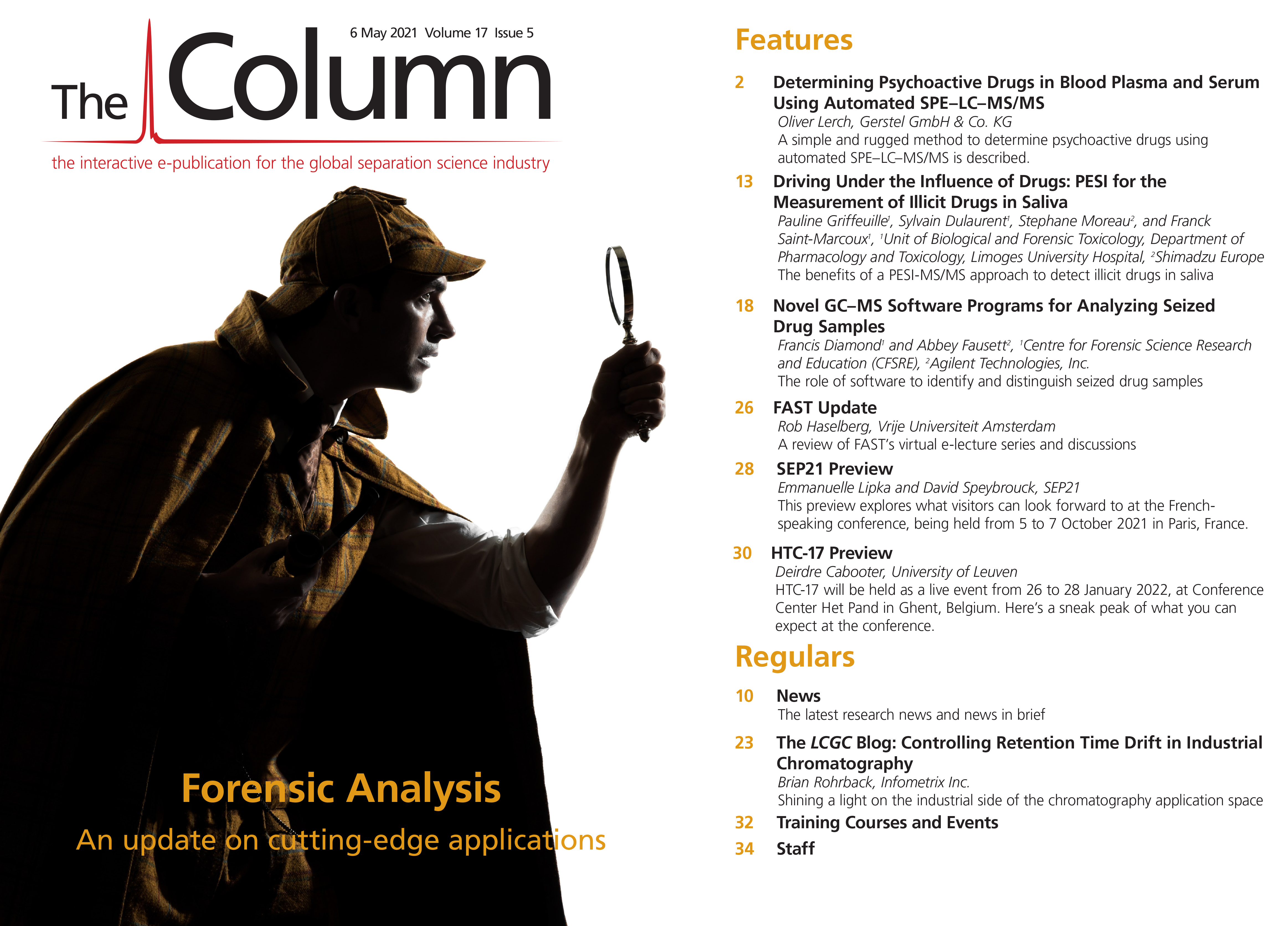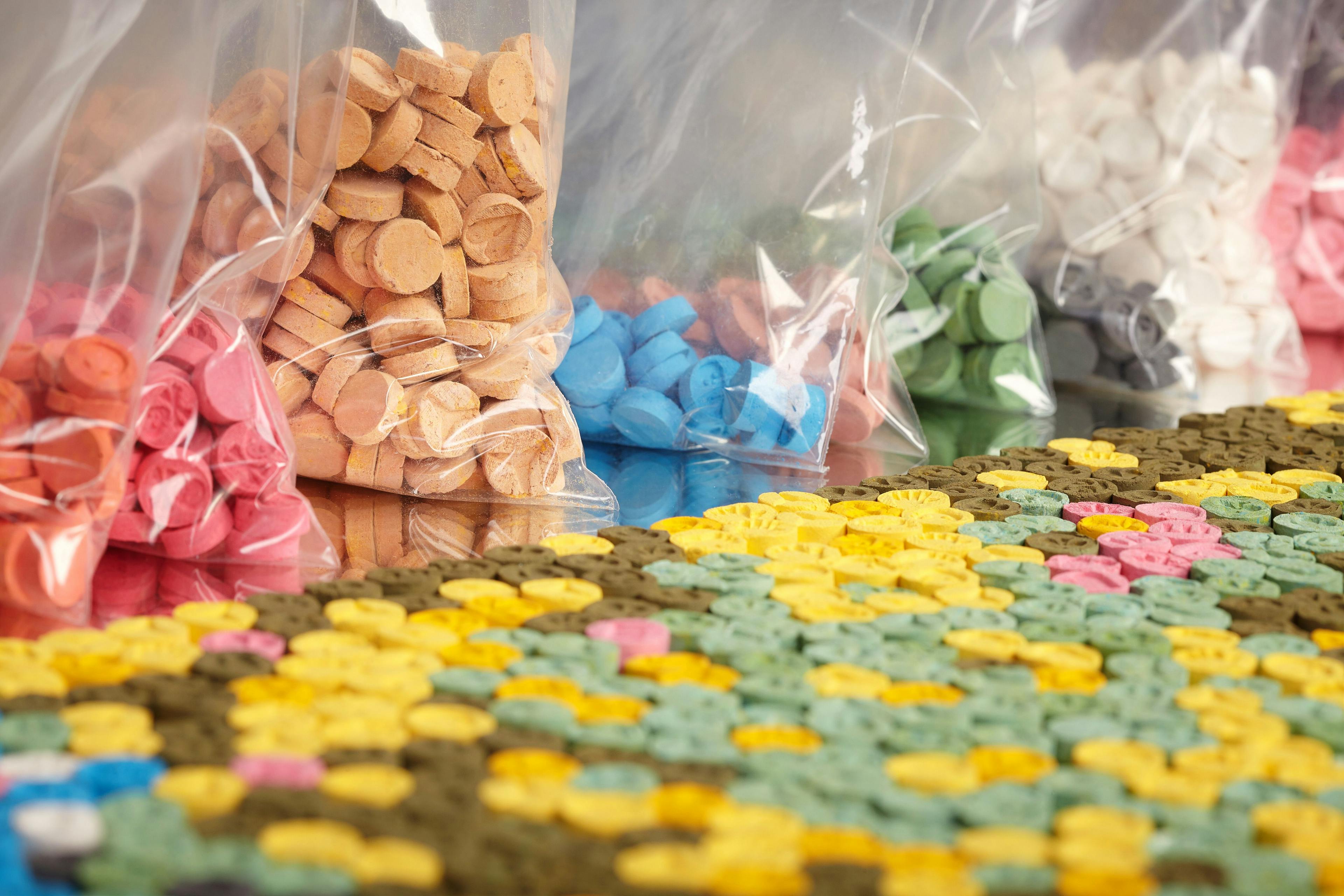Shimadzu Receives Red Dot Award
Shimadzu has been awarded a “Red Dot: Best of the Best Award 2021” in the product design category for its MALDImini-1.
Shimadzu (Duisburg, Germany) has been awarded a “Red Dot: Best of the Best Award 2021” in the product design category for its MALDImini-1. The prize is the highest award in this competition and is reserved for the best products in a category of groundbreaking design.
“The winners of the ‘Red Dot: Best of the Best’ have demonstrated unique design competency. Their objects set trends in product design and give a glimpse of future developments,” said Professor Dr. Peter Zec, founder and CEO of Red Dot.
With a history of more than 60 years, the Red Dot Design Award appraises the best products created every year. Alongside the German iF Award and the US IDEA Award, it is one of the major three design awards in the world.
Shimadzu’s MALDImini-1 digital ion trap mass spectrometer fits on a space the size of a DIN A3 sheet, allowing installation in places where mass spectrometers could not previously fit. It enables ion trapping up to 70,000 Da and the MS/MS and MS3 functionality of the digital ion trap allows researchers to perform comprehensive structural analyses.
For more information, please visit: www.shimadzu.eu/awards-of-shimadzu

Understanding FDA Recommendations for N-Nitrosamine Impurity Levels
April 17th 2025We spoke with Josh Hoerner, general manager of Purisys, which specializes in a small volume custom synthesis and specialized controlled substance manufacturing, to gain his perspective on FDA’s recommendations for acceptable intake limits for N-nitrosamine impurities.
University of Rouen-Normandy Scientists Explore Eco-Friendly Sampling Approach for GC-HRMS
April 17th 2025Root exudates—substances secreted by living plant roots—are challenging to sample, as they are typically extracted using artificial devices and can vary widely in both quantity and composition across plant species.
Determining the Serum Proteomic Profile in Migraine Patients with LC–MS
April 17th 2025Researchers used liquid chromatography–mass spectrometry (LC–MS) in their proteomic analysis to compare the serum proteome of migraine patients with healthy controls and to identify differentially expressed proteins as potential migraine biomarkers.

















